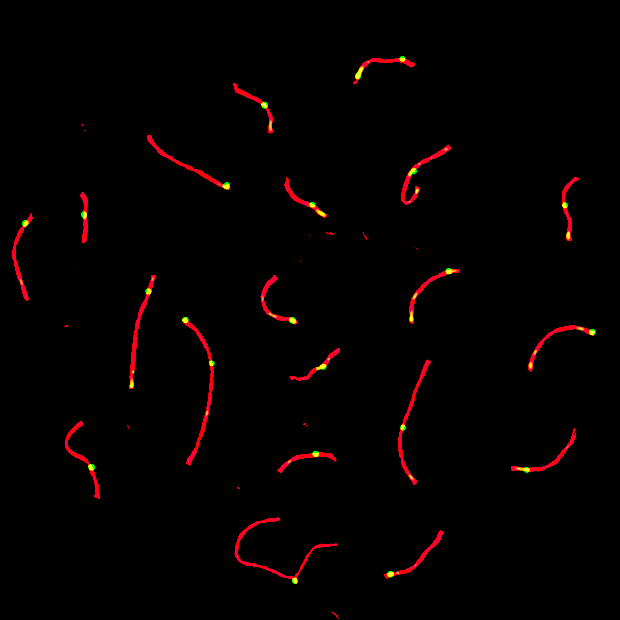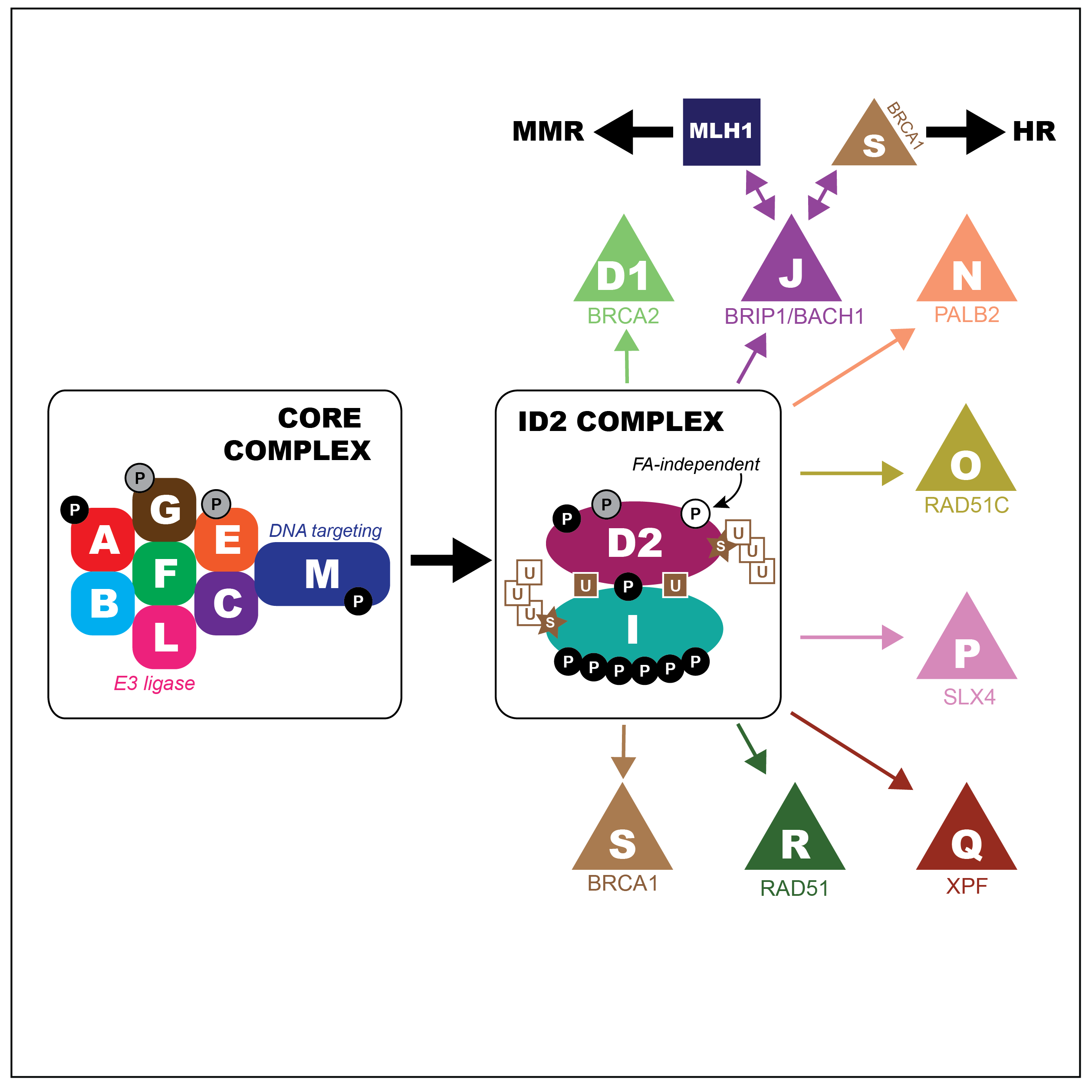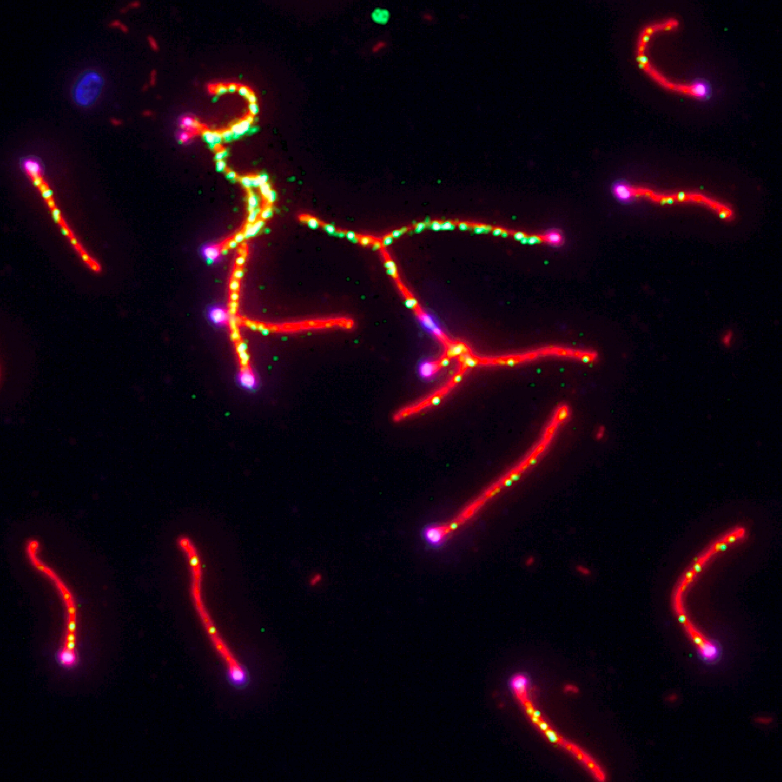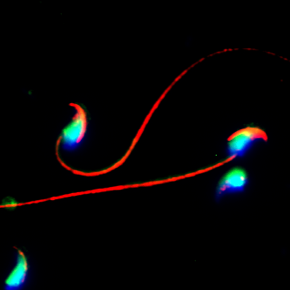
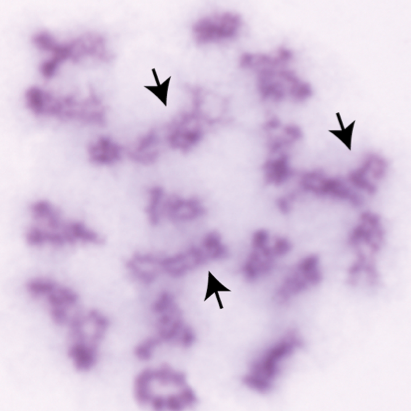
BLM helicase functions to co-ordinate crossover pathways during mammalian meiosis
BLM has critical, yet nebulous, functions in crossover formation, operating in both pro- and anti-recombination roles. Studies in yeast suggest the BLM ortholog, Sgs1, acts in the dissolution of aberrant DSB repair intermediates. Our previous research on loss of Blm in mice showed an increase in the number of crossovers; however, there was no change in the frequency of MLH1-marked class I crossovers (see figure above; Holloway et al, 2010). These results suggest Blm mutants have increased class II crossover numbers. Blm mutants further had aberrant chromosome configurations resembling multichromatid DSB repair intermediates. These findings, along with our observation of increased BLM accumulation in Mlh3-null mice, suggest complex roles for BLM. At once BLM may act to suppress aberrant multichromatid DSB repair events that would otherwise form crossovers via the class II pathway, but also act to drive repair of intermediates via MUS81 in the absence of class I crossover machinery. These possibilities would place BLM as a cetral player in the crosstalk between class I and II crossover pathways.
Summary prepared by Dr. Tegan Horan


